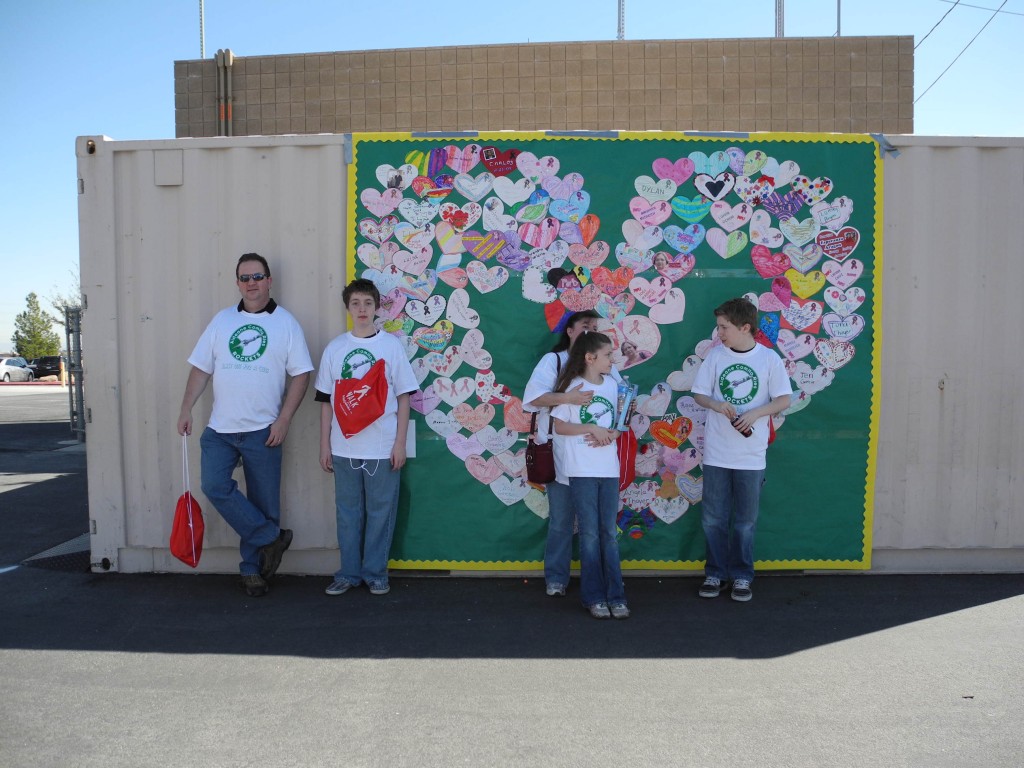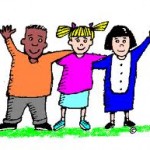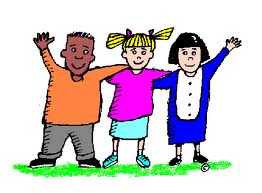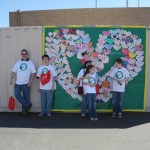-

- Can education for the autistic be improved?
I am trying to spread autism awareness, lend a voice to topics that are interesting to people who are either autistic or have friends or family that are. I have 3 kids on the autism spectrum, I am asperger’s as well. My kids all struggle in school and I am concerned that they will graduate and if so what have they really learned. I was quite the opposite school academics came easy, it was the social and PE related things that were difficult. I was in a way left behind, might have skipped a few grades but due to my teachers and their concern or is it lack of concern or understanding I was never allowed to skip any grades, the elementary years were a joke for me, I could read as well as I do now at 43 at 8, and my math skills were about the same as well, but I was never asked to skip grades mostly due to my teachers not really understanding or “getting” me. In that vein of thought here is a fine article by Mari Nosal with regards to her thoughts on the so called “No child left behind idea”
No Child Left Behind, Fact or Fallacy by Mari Nosal
http://marimouth.wordpress.com/2012/02/29/no-child-left-behind-fact-or-fallacy-the-state-of-our-educational-system-in-america/
Hello – I have been observing opinions of the public at large regarding the state of our educational system. I have decided to express my opinions regarding this topic. Some may like my opinions some may not. That is the perogative of human individuality. One thing I believe we can all universally agree on is that we need to discard our THEM AND US IDEOLOGY AND CHANGE IT TO A WE. All societies are dependent on one another for successful existence. May we all become a united front and remember our ultimate goal – our childrens future! Merely a thought to Ponder.
Education reform has always been dictated by societal needs. The No Child Left Behind Act of 2001 was born from a need for high tech, academically savvy Americans who can compete in our interglobal society. The next generation of capitalists must be trained. American corporations are interdependent on foreign trade to survive. Foreign countries experience financial growth through interactions with America. Land Rovers and Lexus have Toyota Engine parts. Chevrolet Geo has Suzuki engine parts. Gas hails from Arabian oil wells. Patients from other countries frequent our hospitals for high risk, state of the art surgery. American educators travel the world teaching English to foreigners. American icons such as McDonalds, Pepsi, and Spiked hair cuts are noted in foreign countries. These examples are a miniscule representation of the relations and dependency that countries have on each other. Prosperity is the ulterior motive of these relations.
The ideology of No Child Left Behind is not new. Expectations in education have been cyclical throughout history. The influx of immigrants in Horace Mann’s era necessitated a curriculum that focused on Americanization of immigrant children. The intent of Mann was not altruistic. It was the assimilation of immigrants into American society as positive contributors to our economy. During the cold war era, emphasis was based on academics. A similarity to modern day schools is noted. Gone was the emphasis on the whole child. Education was reformed to produce American engineers, scientists, and mathematicians that could compete with the Russians. We had to build a bigger, better, space craft than our Russian neighbor’s.
In modern day America, as with our predecessors, molding and training students guarantees the survival of our country. In the fifties the economy depended on competing with other countries for prosperity. In modern day America, the goal is to be sought out by other countries. What deleterious effects does America’s preoccupation with growth and prosperity inflict on our society? “It became necessary to destroy the village in order to save it.” This phrase speaks a thousand words. The American ideal of survival of the fittest warrants focusing on the strongest members. The weak and assumed useless people are weeded out. Rather than find compensatory strategies that give all kids the same chance to succeed, each child is left to sink or swim. The ones who succeed will be our future leaders. The students who flounder will be left to languish in a hand to mouth existence with no skills. Children have become statistical data on an achievement graph.
Intelligence can’t be measured merely in academic form. A child may be musically inclined, athletically inclined, or artistic. A child’s learning may be impeded by learning disabilities, emotional disabilities, or a dysfunctional household. If compensatory strategies are taught the child will succeed. The standards used to assess a gifted child should differ from those for a learning disabled child. High expectations are non negotiable. However, what those expectations are differ from child to child. Challenges should be safe and individualized for each student. A challenge should create social and academic growth. If the challenge is too high, the child will shirk their academic responsibilities, and suffer irreparable damage to their self esteem.
Accommodations for individual children need to be in place in order for the academically challenged child to score within the median range on assessments. Unfortunately, accommodations cost money. In terms of education the basic mindset is less is best. A society, who will spend $150.00 on a ticket to a Football Game, yet will wage war at the threat of having real estate taxes raised for education. It is much easier to play the blame game. Blame the parents, society, teachers, and administrators. Taking personal responsibility for America’s educational dilemma would mean admitting that we all have a stake in children’s education. Not a comfortable idea for the majority of the population to ponder.
Teachers carry a huge weight upon their shoulders. The goal of the No Child Left Behind Act is to achieve success. A teacher who has the threat of her job dangled in front of her like a carrot on a stick is not going to feel success. They will experience burn out and become less productive educators. A child who does not pass the M.C.A.S. repeatedly will experience a sense of failure that will haunt them through out life. Watching peers graduate will breed a sense of futility. In the scenarios above, the outcome is predictable. For educators and children alike, frustration leads to apathy, apathy leads to indifference. The end result is that everyone loses.
Intelligence is genetic. However, it is manipulated by the environment. A bright child who receives no stimulation will underachieve. A learning disabled child who is safely challenged will rise beyond expectations. The chance of success can be increased in the right educational setting. Introduce safe challenges that a child is sure to succeed at. A domino effect will occur. Once the taste of success is felt the child will not be adverse to more challenges. Experiencing failure can cause even the brightest child to recoil from academics. Nurture can beat nature. It merely takes the right environment, realistic expectations, and an appreciation of each child’s individuality and learning styles. We all have a function to fill in society as an adult. In our democratic society, the government and stake holders should not decide what that function will be. Accept each child for who they are, and they will be accepting of themselves. No child should be left behind!
This is merely my opinion.
Stay well
Mari Nosal M.Ed., CECE
Having lived in the system, and experiencing my own children’s lives in the system I definitely agree that things could be better. I am especially concerned for the more autistic of my twin sons who is in a self contained classroom. It is more of strategic organized teenage day care. He is sixteen nearly, and still can not tie his shoes.
David Berkowitz




